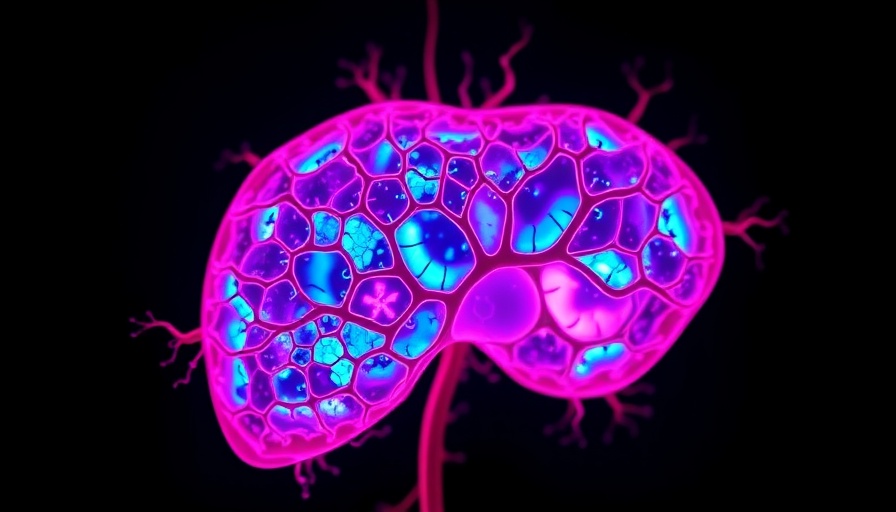
The Revolutionary All-in-One Liver Model
Recent advancements in medical research have led to the development of an innovative liver organoid model called the "periportal assembloid." This groundbreaking research, conducted by a team at the Max Planck Institute of Molecular Cell Biology and Genetics, aims to tackle one of the most significant challenges in liver disease modeling: replicating the organ’s complex architecture.
Why Traditional Models Fall Short
The liver's unique structure, characterized by various cell types and complex interactions, poses a significant hurdle for scientists. Traditional organoid models have typically consisted of only a single cell type, failing to represent the intricate cellular composition needed to understand liver conditions effectively.
This inconsistency hampers the ability to study diseases like cholestatic liver injury and biliary fibrosis, which necessitate a clear understanding of the periportal region's functionality. The periportal region is crucial for bile transport, and its disruption can lead to severe liver damage, making more sophisticated models essential.
Creating a Next-Generation Organoid Model
Building on research from 2021, where a two-cell type model was first introduced, the new periportal assembloid integrates not only cholangiocytes and liver mesenchymal cells but also hepatocytes. This combination provides a more accurate representation of liver architecture. Researchers liken the assembly process to building with LEGO bricks, piece by piece, enabling the formation of complex structures mimicking the liver's true nature.
According to Anna Dowbaj, a postdoctoral researcher involved in the study, this model not only reconstructs the periportal region but also opens avenues for studying how liver diseases develop and progress. By being able to observe cell interactions and responses to injury in a controlled environment, researchers can glean important insights into potential treatments.
This Innovation’s Broader Implications
The introduction of the periportal assembloid could significantly impact future liver research, reducing reliance on animal models and providing a clearer pathway for understanding human liver diseases. As the field of health technology evolves, this organoid model represents a promising leap towards personalized medicine, where treatments are tailored based on unique biological conditions.
Moreover, with the rise of health tech innovations, researchers and clinicians can utilize sophisticated models and tools to better analyze complex conditions, leading to more effective diagnostics and treatments. With continued exploration into liver modeling, we stand on the brink of breakthroughs that could transform patient care across the globe.
The Future of Liver Research
As we look toward future advancements in the field, the potential applications of this research are immense. Not only does the periportal assembloid enhance our understanding of liver functioning, but it also acts as a stepping stone for future innovations in medical technology.
With scientists like those at the Max Planck Institute paving the way, the possibilities for creating advanced models can help bring forth solutions to some of the most challenging health issues of our time. Understanding and modeling complex organ interactions may soon revolutionize how we approach diseases, holding the promise of better health outcomes for patients around the world.
 Add Row
Add Row  Add
Add 




 Add Row
Add Row  Add
Add 
Write A Comment